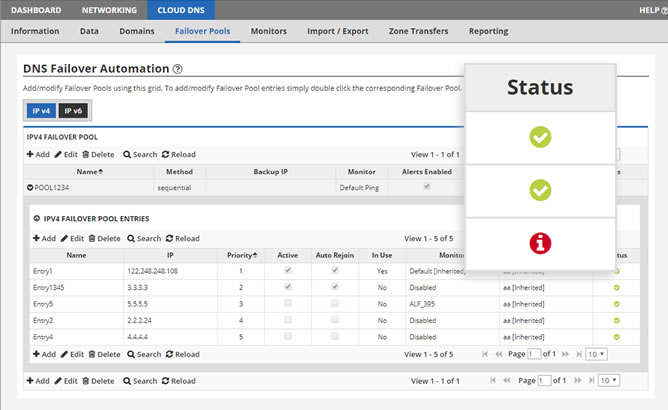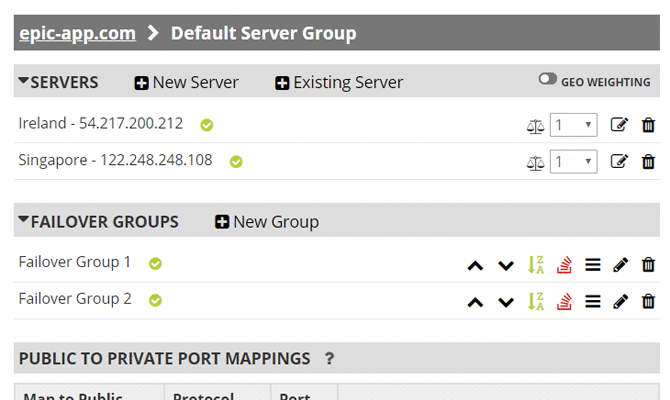
When suppliers fail, your business does too... Maintain the flexibility and control you need to take care of your customers.
It is quite possible that you have the perfect relationship with your datacenter/hosting/server/infrastructure provider. They value you as a customer and will do anything to ensure your happiness. They treat you well and have worked with you to develop a business continuity strategy that resulted in the perfect solution to replicate servers and data over their WAN to another company-owned datacenter on the other side of the country. Their disaster recovery solution is perfect from end-to-end in every way from price to performance to a one-stop-shop for support and everything in between.
Well, everything seems perfect, except for one small aspect. A single vendor is responsible for your entire application. But why is that a bad thing? The likelihood of two geographically separate datacenters going down is extremely remote. We can’t argue with that. But what happens if they have a larger issue, like a network incident that spans multiple datacenters? What happens if an issue only affects their primary datacenter, but due to call volume you can’t get through to have them make the critical routing change that redirects everyone over to the secondary site? What happens if they are bought out by another entity, and prices rocket sky high? In those situations, are you still in power?
Total Uptime puts you back in the driver’s seat
Total Uptime solutions can liberate you from scenarios like this, which are sadly more common than you’d think. When disaster strikes, YOU need to be in ultimate control, it’s as simple as that. You need to be able to pull the trigger that sends visitors from one location to another. Even if that trigger is automated, it still needs to be ultimately controlled by you when you want to.
At Total Uptime, our expertise is at the network and traffic routing level – the outermost layer where clients or users connect and must be diverted from a primary site to a secondary, tertiary or other location during an outage. By layering our high availability network-as-a-service on top of all public-facing systems, you maintain complete control in the cloud. And because all we do is at the outermost network, we actually increase your uptime, not decrease it. Our datacenter-independent cloud platform empowers small businesses to fortune 100 with the tools they need to regain control.
High Availability using DNS
Our Cloud DNS service ensures that DNS is not the weak link. Many organizations overlook DNS because of its simplicity. But if DNS were the single reason for application downtime, would you reconsider? Some of the world’s largest organizations have been affected by DNS downtime caused by their ISPs such as AT&T, or domain registrars like Network Solutions and GoDaddy. If you rely on providers like these whose core business is not DNS uptime, you’re at risk.
By utilizing Total Uptime’s Cloud DNS service, you can be assured that DNS will not be the weak link. You will also gain security and management capability that you’ve not enjoyed to date. Plus, you can even use DNS Failover to automate the re-routing of traffic from one site to another.
Learn more about DNS
Network-Based High Availability
When traffic needs to be seamlessly redirected from a primary datacenter (or site/server) to a secondary or disaster recovery location, how will you make the switch? You could make a DNS change, or even automate it with our DNS Failover solution, but if you need something faster than a DNS change or something that doesn’t require an IP address change for those ultra-critical applications, consider Cloud Load Balancing. In addition to active/active, it supports active/passive or primary/secondary configurations too, and can even automate traffic redirection or wait until you manually fail over.
Learn more about Network Failover














